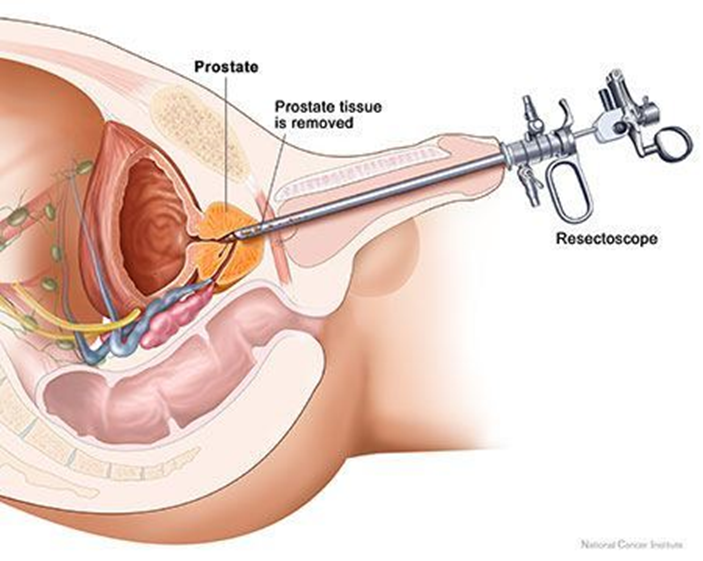A client with draining skin lesions of the lower extremity is admitted with possible Methicillin-Resistant Staphylococcus Aureus (MRSA). Which nursing interventions should the nurse include in the plan of care? (Select all that apply.)
Use standard precautions and wear a mask.
Institute contact precautions for staff and visitors.
Explain the purpose of a low bacteria diet
Monitor the client's white blood cell count.
Correct Answer : B,D
A. Use standard precautions and wear a mask:
The use of standard precautions is appropriate for general care to prevent the transmission of infectious agents. However, specific to MRSA, additional precautions are needed. Wearing a mask is generally not necessary unless the client has respiratory symptoms that warrant respiratory precautions.
B. Institute contact precautions for staff and visitors:
This is a correct intervention. Contact precautions involve using gowns and gloves when providing care to prevent the transmission of MRSA. It is important for both healthcare staff and visitors to adhere to contact precautions to reduce the risk of spreading the infection.
C. Explain the purpose of a low bacteria diet:
The purpose of a low bacteria diet is generally unrelated to the management of MRSA. Low bacteria diets are often recommended for individuals with compromised immune systems to reduce the risk of foodborne infections. However, it may not be directly applicable to MRSA management.
D. Monitor the client's white blood cell count:
Monitoring the white blood cell count is a relevant intervention. An elevated white blood cell count may indicate an ongoing infection or an inflammatory response. Regular monitoring helps assess the client's immune response and the potential severity of the infection.
Nursing Test Bank
Naxlex Comprehensive Predictor Exams
Related Questions
Correct Answer is B
Explanation
A. Irrigating the catheter manually:
Manually irrigating the catheter without an order may disrupt the clotting process and increase the risk of bleeding. It is not a routine nursing intervention post-TURP without specific orders.
B. Monitoring catheter drainage.
It is not within the nurse's scope of practice to manually irrigate the catheter without a healthcare provider's order, especially in the context of post-TURP care. The dark, pink-tinged outflow with blood clots indicates some expected bleeding following the procedure. The nurse should closely monitor the catheter drainage for the amount, color, and presence of clots.
C. Discontinuing infusing solution:
Discontinuing the normal saline irrigation may lead to clot formation and obstruction, potentially worsening the situation. The continuous bladder irrigation is often used to prevent clot formation and maintain catheter patency post-TURP.
D. Decreasing the flow rate:
The flow rate is typically set by the healthcare provider to maintain catheter patency and prevent clot formation. Decreasing the flow rate without specific orders may not be appropriate in this situation.

Correct Answer is D
Explanation
A. Have the client sign the surgical and transfusion permits:
While obtaining signed consent is important, the immediate concern is addressing the client's medication history, especially the use of heparin, which can contribute to bleeding.
B. Ensure that the potential for bleeding is explained to the client:
Education about the potential for bleeding is important, but the immediate action is to communicate the client's medication history to the healthcare provider for appropriate guidance.
C. Observe the heparin injection sites for signs of bruising:
Monitoring for bruising at injection sites is a consideration, but it is not the priority when the client is actively bleeding from an open fracture.
D. Notify the healthcare provider of the client's medication history:
This is the correct answer. Heparin is an anticoagulant, and its use can increase the risk of bleeding during surgery. The healthcare provider needs to be informed of the client's current medication history to make decisions regarding the timing and management of heparin therapy in the perioperative period.
Whether you are a student looking to ace your exams or a practicing nurse seeking to enhance your expertise , our nursing education contents will empower you with the confidence and competence to make a difference in the lives of patients and become a respected leader in the healthcare field.
Visit Naxlex, invest in your future and unlock endless possibilities with our unparalleled nursing education contents today
Report Wrong Answer on the Current Question
Do you disagree with the answer? If yes, what is your expected answer? Explain.
Kindly be descriptive with the issue you are facing.
